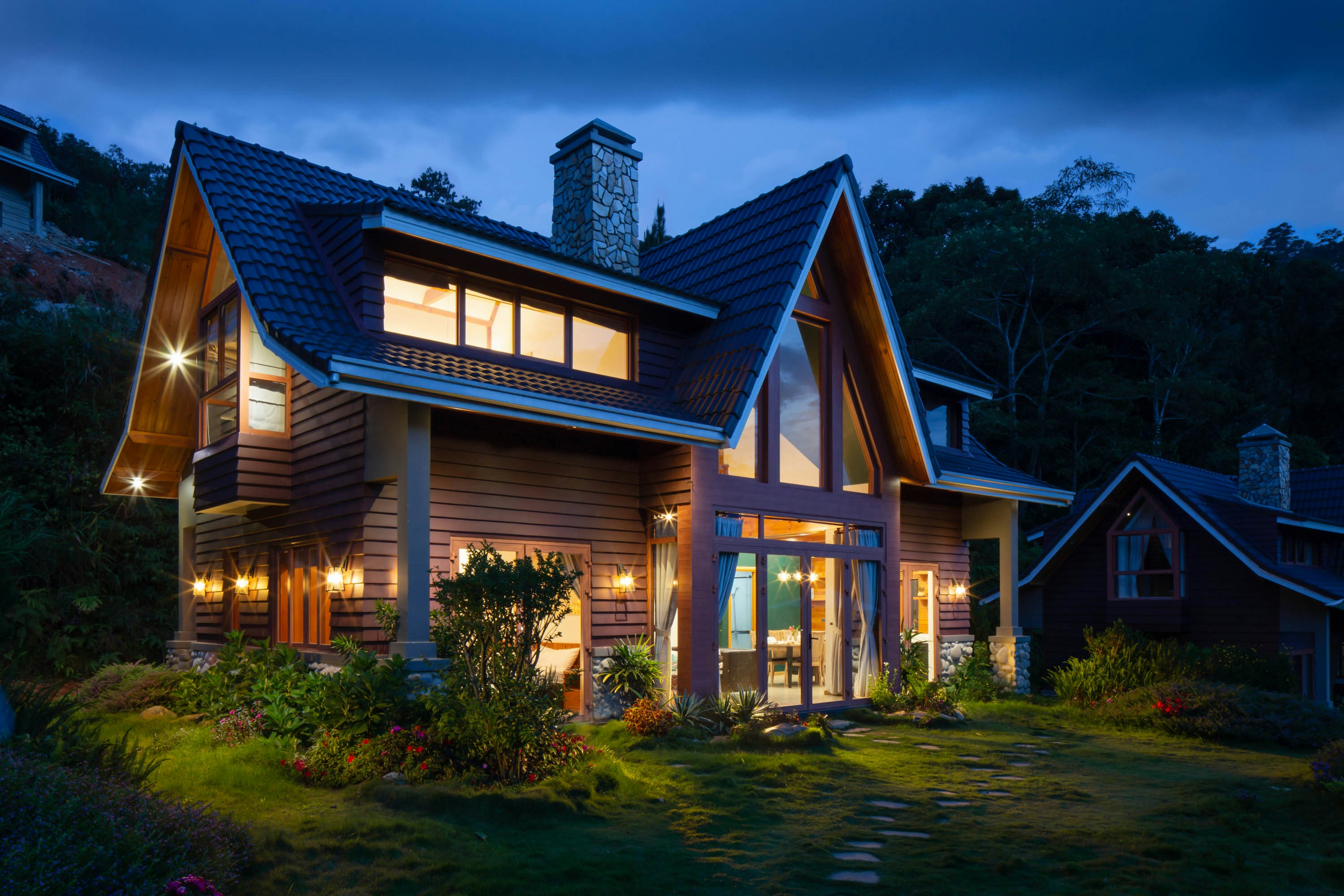The Timeless Appeal of Wooden Houses: A Complete Guide to Timber Construction
Wooden houses represent a harmonious blend of traditional craftsmanship and modern sustainable living. These structures have evolved from simple log cabins to sophisticated architectural masterpieces, offering homeowners a unique combination of natural beauty, environmental consciousness, and lasting durability. From cozy mountain retreats to expansive family homes, timber construction continues to captivate those seeking an alternative to conventional building materials.
Benefits of Choosing a Wooden House
Wooden houses offer numerous advantages over conventional construction materials. Timber provides natural insulation, helping maintain comfortable indoor temperatures while reducing energy costs. Wood’s natural thermal properties can result in up to 30% lower heating and cooling expenses compared to concrete structures. Additionally, wooden houses typically have shorter construction timelines and can be more environmentally sustainable when sourced from responsibly managed forests.
Essential Considerations for Real Estate Investment
Investing in a wooden house requires careful consideration of several factors. Location plays a crucial role, as different climates affect wood differently. Proper maintenance schedules, treatment options, and local building codes must be thoroughly evaluated. The resale value of wooden houses often remains strong, particularly in regions where timber construction is traditional or growing in popularity.
Cost Analysis and Investment Overview
The cost of wooden house construction varies significantly based on design complexity, materials, and location. Here’s a comprehensive breakdown of typical expenses:
| House Type | Average Size (sq ft) | Estimated Cost Range |
|---|---|---|
| Basic Log Cabin | 800-1,200 | $150,000-$250,000 |
| Custom Timber Frame | 2,000-3,000 | $400,000-$800,000 |
| Hybrid Wood Construction | 1,500-2,500 | $300,000-$600,000 |
Prices, rates, or cost estimates mentioned in this article are based on the latest available information but may change over time. Independent research is advised before making financial decisions.
Maintenance and Long-term Care
Proper maintenance is crucial for preserving a wooden house’s integrity and beauty. Regular inspections, wood treatment applications, and prompt repairs of any damage help prevent costly issues. Key maintenance tasks include checking for moisture damage, treating wood against insects and fungi, and maintaining proper ventilation throughout the structure. Implementing a comprehensive maintenance schedule can significantly extend the lifespan of a wooden house while preserving its aesthetic appeal.
The enduring charm of wooden houses continues to attract homeowners seeking a connection with nature while enjoying modern comfort. Whether choosing a traditional log cabin or a contemporary timber-frame design, understanding the construction process, maintenance requirements, and investment considerations ensures a successful and satisfying homeownership experience. As sustainable building practices gain importance, wooden houses remain at the forefront of environmentally conscious construction methods.







